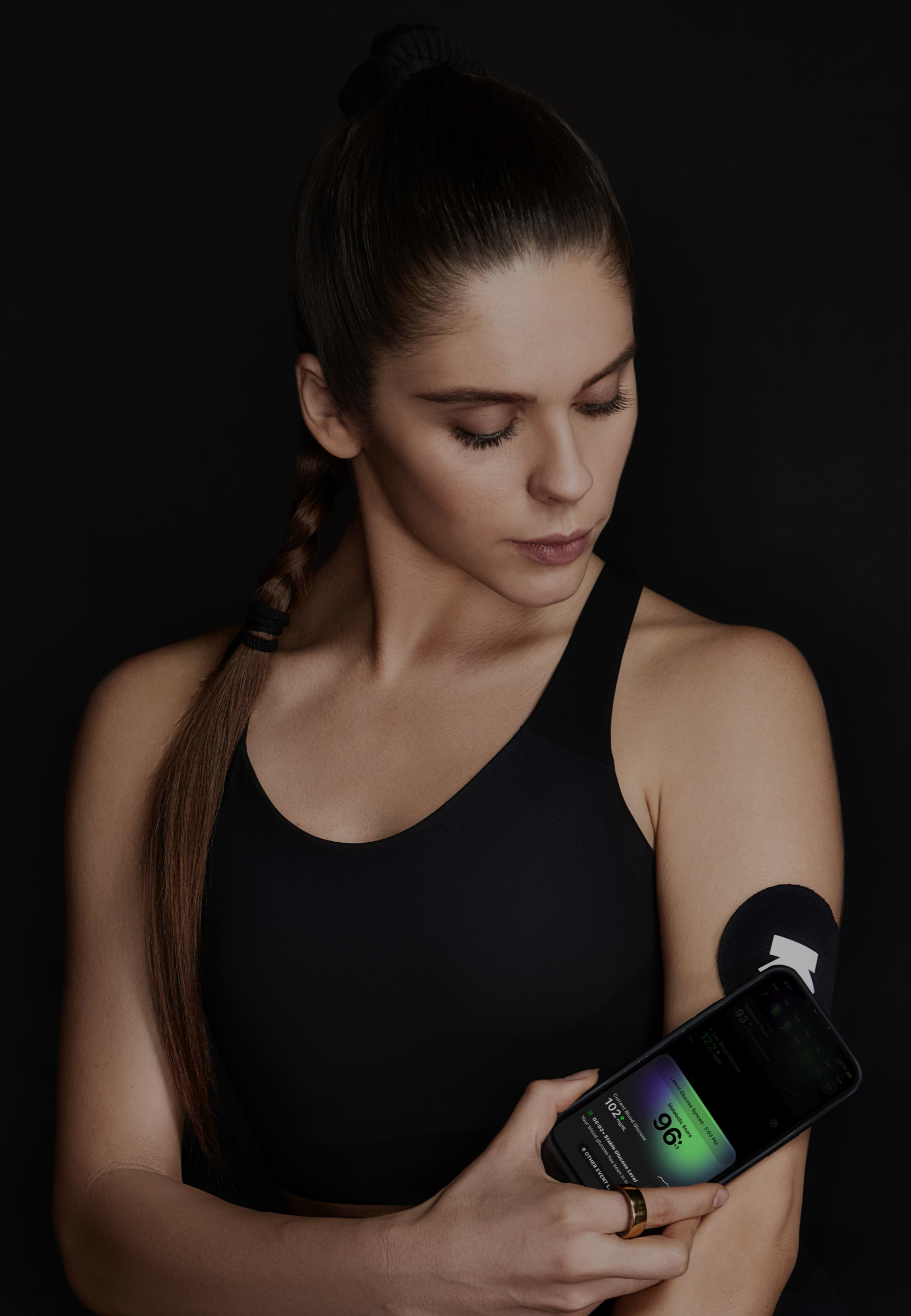
Nutri Choice Hi Fibre Digestive Biscuits (Britannia) (1 Serving) and Tea with Milk (1 Teacup (6 Fl Oz))
Afternoon Snack
143 mg/dL
avg. peak value
Usually causes a medium spike
Avg. Food Score on Ultrahuman App
Ultrahuman Users got a STABLE response
Other related foods
How to consume Nutri Choice Hi Fibre Digestive Biscuits, Tea With Milk without glucose spikes
Portion Control
Limit your intake of Nutri Choice Hi Fibre Digestive Biscuits. Consider having just one or two biscuits instead of several at a time to reduce the overall impact on your blood sugar levels.
Pair with Protein
Include a source of protein when you consume the biscuits and tea. Adding a handful of nuts or a small serving of Greek yogurt can help slow the absorption of carbohydrates.
Fiber-Rich Additions
Complement your snack with fiber-rich foods like a small apple or a few carrot sticks. These will help to slow down digestion and stabilize blood sugar levels.
Opt for Low-Fat Milk
Use low-fat milk in your tea, as the reduced fat content may help moderate the blood sugar spike associated with full-cream milk.
Stay Hydrated
Drink plenty of water throughout the day. Hydration can play a role in maintaining steady blood sugar levels and can help prevent overeating.
Choose Whole Grains
When possible, select whole grain alternatives to the biscuits, as they typically have a slower impact on blood sugar.
Monitor Timing
Pay attention to when you consume these snacks. Eating them alongside a meal rather than alone can help mitigate spikes, as the overall meal composition can slow down digestion.
Incorporate Physical Activity
Engage in light physical activity like a short walk after consuming your snack. This can help your body use up the glucose more efficiently.
Mindful Eating
Practice mindful eating by savoring each bite and consuming your snack slowly to better tune into your body's hunger signals and prevent overconsumption.

Discover
metabolic
health with M1
Ultrahuman M1 helps you measure the impact of food and activity on your body in real time through glucose as a biomarker.
Explore Ultrahuman M1Find Glucose response for your favourite foods
Explore OGDbYour cart is empty
Browse through our products and find something for you.
